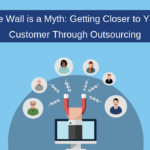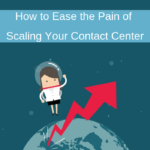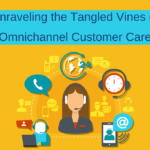The True Cost of Losing a Customer
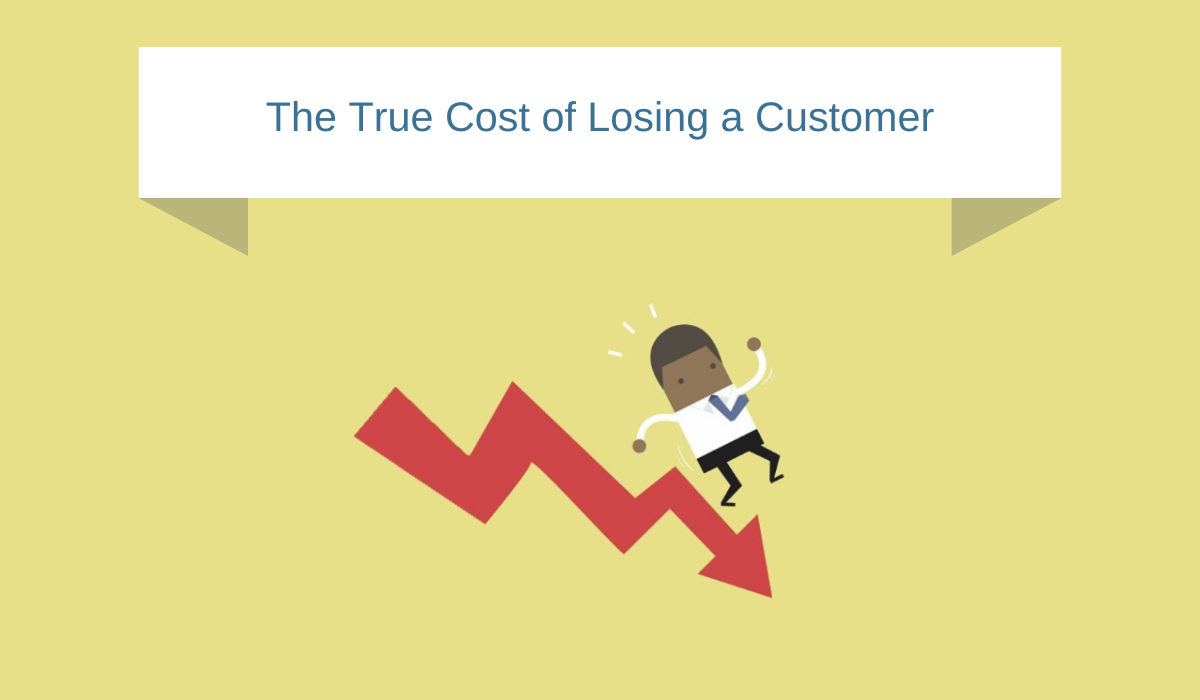
Too tired to read? Listen to the audio via our podcast here:
One negative customer experience may seem like a drop in the ocean of all your shopper interactions, but it’s never that simple. Consider these statistics from a recent survey from CX expert Shep Hyken:
After experiencing poor customer service:
- 79% would switch to a competitor with better service
- 72% felt anger toward the company or brand
- 56% would leave a negative rating
- 45% would write a negative review
According to McKinsey, half of consumers would even complain publicly on social media – and without a response, 81% would refuse to recommend the company at all.
TL;DR: With every customer loss, you’re missing out on prospects and falling short of your lifetime customer value potential. Plus, it can cost 5-6 times more to acquire new clients than retain existing ones.
It’s worth mentioning that many customer relationships can be saved even after a bad experience with the actual product or service, particularly if they choose to contact a customer service rep. But if that interaction also ends negatively, the customer support experience can become the straw that breaks the camel’s back.
The far-reaching impact of a damaged reputation, the lost lifetime customer spend, and the expense of winning back that customer and/or acquiring new ones add up to a significant loss – in terms of both revenue and reputation.
Calculating Lifetime Customer Value
Obviously, the full impact of losing customers isn’t as simple as the loss of one particular sale or the associated make-good. You have to assume that if that customer had a positive experience – both with your product/service and with your customer service team – they would have continued to buy from you and recommend your brand to others.
While companies are increasingly tracking customer lifetime value (LTV), the accuracy of the key metric still often falls short. There’s a knowledge gap that prevents companies from comprehensively understanding the impact of a single customer on their revenue and, in turn, how their customer experience impacts the company’s success.
If you’re ready to do the math, this formula can help you start to explore the cost of losing a customer.
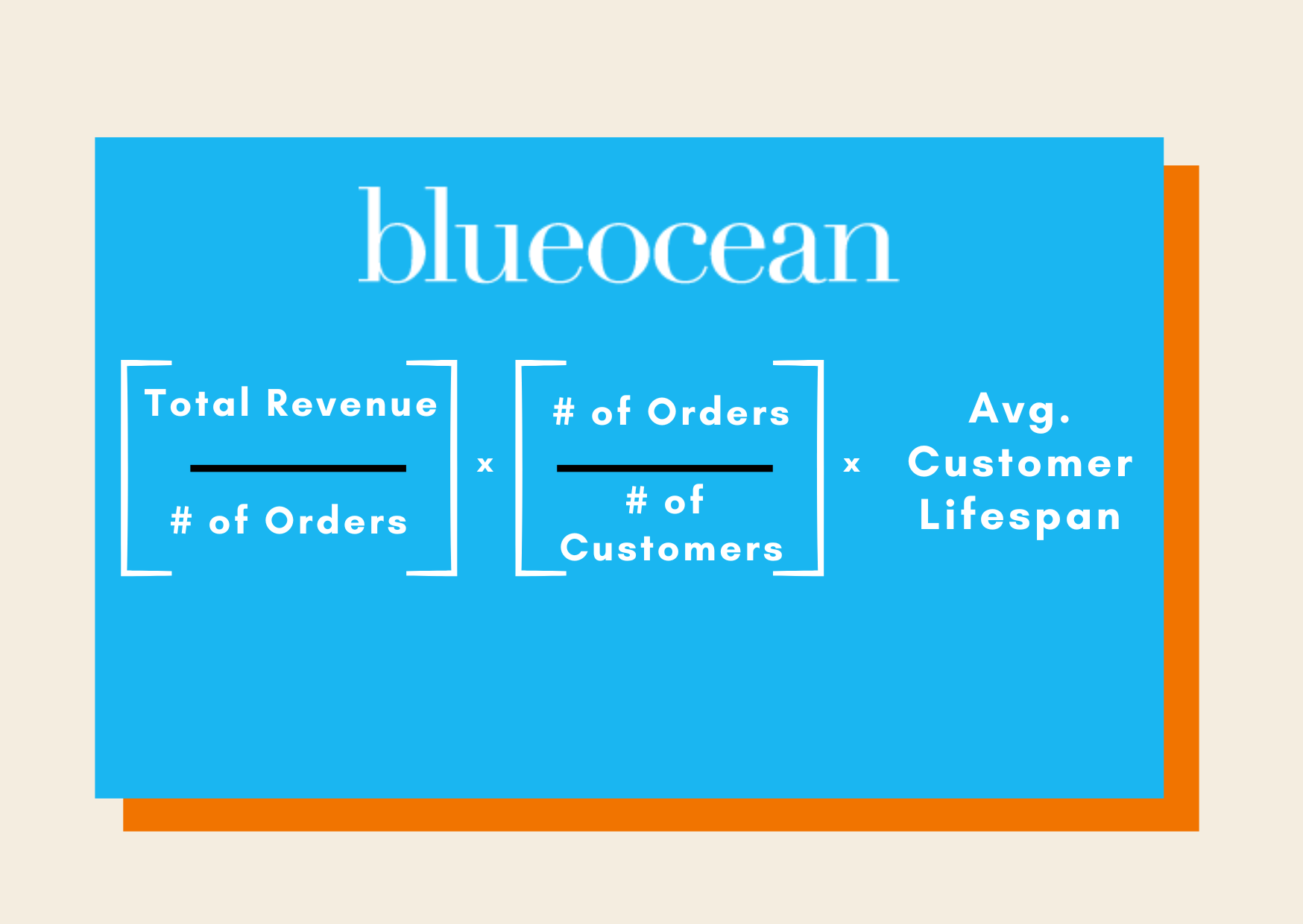
The LTV calculation can play an important role in determining the ROI of your customer care team and specifically, the customer save team. Of course, the effects of a customer loss can extend far beyond those that are simple to quantify.
The Cost of Customer Retention vs Acquisition
It’s a widely cited fact that it can cost 5-6 times as much to acquire new customers versus retaining existing ones. Acquisition costs are seen in sales efforts, marketing, and advertising as well as customer onboarding, so it’s retention that appears to gain the most profit in return. Many experts cite the Pareto Principle: 80% of outcomes result from 20% of causes; namely, 80% of value generation stems from a core group of existing customers.
How do these statistics help us determine the cost of losing a customer? At its most basic, every lost customer creates the need to acquire a new one. And, as we can see, acquiring those “replacements” can get expensive.
A Real-Life Example
A client of ours operates with entitlement contracts for their highest-value enterprise-level customers, requiring parts and labor onsite within either a two- or four-hour window (depending on contract terms) if that customer experiences an outage.
When one of our client’s customers experienced multiple cases of delays in part deliveries, the customer threatened to switch suppliers. In response, we at Blue Ocean created a 24/7 team of Subject Matter Experts dedicated to supporting this particular customer. We established separate KPIs for the team and empowered them to make decisions and take action outside of standard protocol. In addition, we collaborated closely with our client’s warehouse and logistics partners to ensure we were aligned in overcoming any obstacles that impacted on-time deliveries and feeding data upstream to prevent future delivery delays.
With this approach, results improved from an average of 71% on-time delivery to 95%+ on-time delivery rates month after month. This is an example of a company that understands how important it is to deliver outstanding service to existing customers. Their retention efforts, in this case, were complex but essential to avoid the devastating impact of losing a top-tier customer with a significant LTV to the company.
Protecting Against the Cost of Losing a Customer
Losing a customer isn’t as simple as losing a single sale. The impact is far-reaching, and companies must have a thorough understanding of the extent of this cost in order to understand the true importance of excellent customer service and experience.
From a ruined reputation to a lost lifetime of sales to a never-ending cycle of replacing old customers, the cost is considerable.
Are you ready to protect yourself against this expense? We’d love to chat with you about building a better customer experience. Book an appointment today.


